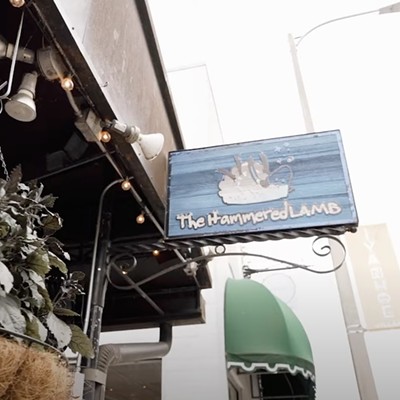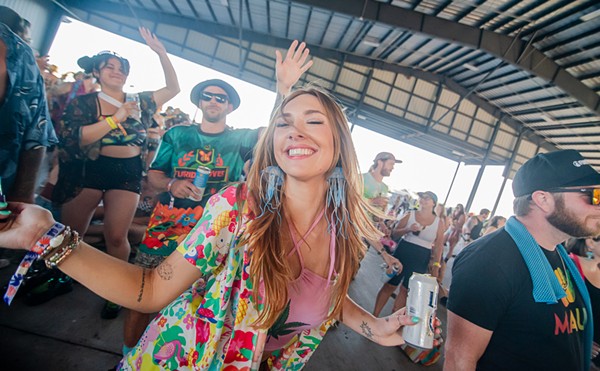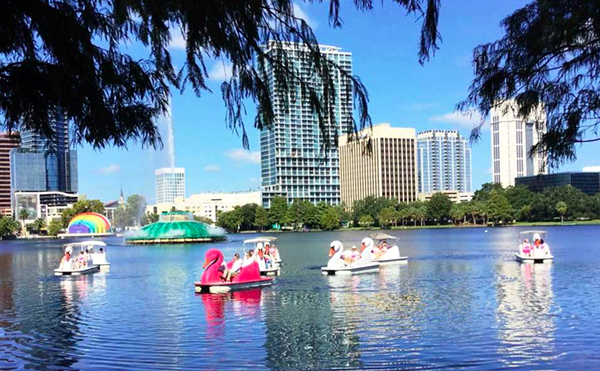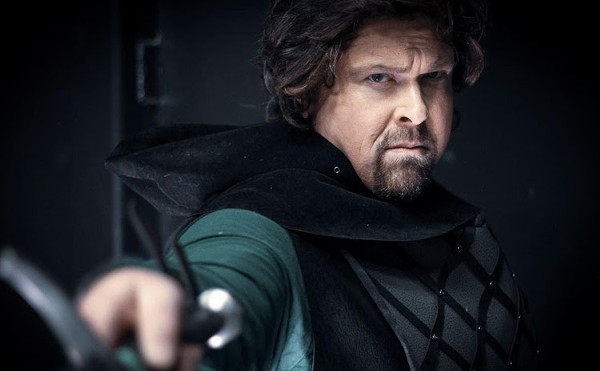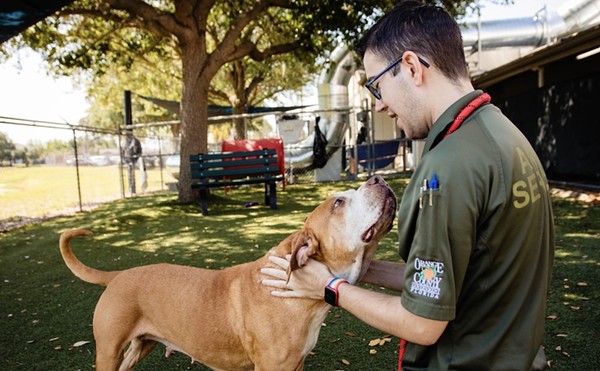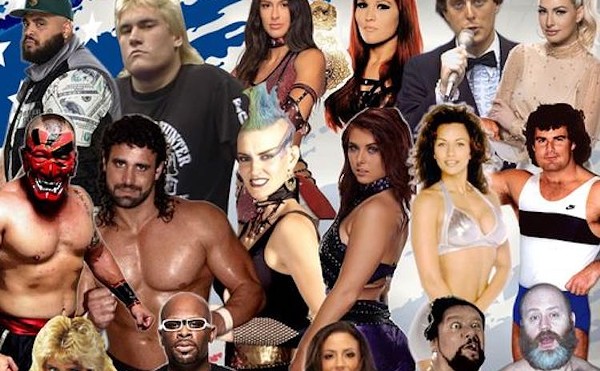There's no argument over the fact that Orlando is America's theme-park epicenter, with more world-class attractions per capita than anywhere on Earth outside of Japan or Dubai. But just because Central Florida's amusements are the biggest and most popular, doesn't mean its methods are the best or only way of doing things.
Long before Uncle Walt debuted the modern theme park in an Anaheim orange grove, people on the East Coast were enjoying the thrill rides of an earlier era. One of the rare positive legacies of noblesse oblige practiced by early 20th-century robber barons, manufacturers and railroad tycoons throughout the Northeast were the bucolic picnic gardens, swimming resorts and other entertainment destinations built for the delight and distraction of company-town factory workers and day-tripping passengers.
The vintage carousels and coasters found in these still-existing parks might not induce awe like Orlando's modern multimillion-dollar rides; nor are there any billionaire boy wizards or fairytale franchises to be promoted around the world. These parks were integrated with their social communities and ecological environments in ways our explicitly artificial edifices can only dream about.
Sadly, most of the original trolley-car parks around the country have been swept away by the tide of time. In the Keystone State, however, a number of traditional attractions, including Idlewild and Kennywood Park, have endured with old-fashioned spirit intact. Recent visits to two of Pennsylvania's best parks — Hersheypark and Knoebels — proved that these vacation veterans have learned lessons that Orlando's cutting-edge carnivals could stand to take a cue from.
First impressions
The initial experience most tourists encounter upon arriving at Orlando attractions is being shaken down for a parking fee. It's a terrible way to set the tone for the day and financially foolish — that $14 fee would otherwise be spent inside the park on snacks and souvenirs. While Hersheypark is succumbing to this self-defeating form of inflation-itis, at least their $10 parking lot is an easy walk from the front gate. Knoebels gets it right by making parking totally free; at that price the aging trams chugging guests to the entrance seem charming instead of crappy.
A taste for free
As Netflix and heroin dealers know, giving away a little for free can earn you a paying customer for life. Hershey puts this principle into sweet practice at Chocolate World, a free-to-all attraction located just outside the theme-park gates. Guests can go on an almost Disney-quality dark ride through the chocolate-making process and receive a candy sample at the end — without spending a dime. Knoebels, one of the nation's last free- admission parks, allows anyone to walk in and enjoy the shops, shows and sights completely gratis. The goodwill such giveaways engender does more for the long-tail bottom line than nickel-and-diming guests ever would.
Flexible funding
What if you could wander the Magic Kingdom for free (or a nominal fee), and just pay a few bucks when you want a spin on Space Mountain? In Disney's early days, admission was dirt cheap but rides required separately priced tickets, which ranged from entry-level "A" tickets" up to the best "E" tickets for thrilling headliners. The introduction of pay-one-price plans simplified the financial part of the visit, but like an all-you-can eat buffet, "unlimited" tends to equal an increase in homogenization and a decrease in value.
The attraction tickets that Knoebels still sells, which cost from 75 cents to $3 per ride, create an efficiently operating market in which visitors rationally allocate resources according to interest and price. The result: Queues are short, and management has an incentive to maintain older but still entertaining rides and attractions. If individual ticketing seems too taxing, consider the multitude of money-saving admission options Hershey offers, including discounted "sunset" prices in the evenings and free "preview plan" passes.
Remember your past
Considering that their brand is built on nostalgia, Disney is callously quick to scrub signs of former attractions from their parks. For every PeopleMover sign that is thoughtfully restored, a World of Motion or Mr. Toad's Wild Ride has been scrapheaped. Universal isn't far behind; after evicting classics like King Kong and Back to the Future the Ride in recent years, rumors hold that the E.T. Adventure is next on the chopping block.
Contrast that with Knoebels, which not only preserves its own 84-year-old amusements but also rescues and restores attraction rides abandoned elsewhere, like the Phoenix (rebuilt from the remnants of San Antonio's Rocket) and Black Diamond (formerly Wildwood's Golden Nugget in New Jersey, set to open in 2011) roller coasters. Hershey honors its 100-year history with photos and signage that preserves how the park appeared in our great-grandparents' era.
It's unrealistic to expect Orlando's ultramodern theme parks to evolve into old-school utopias. But if a few of our mega-parks' upper execs would take a trip outside of Florida, they might discover that it's possible to profit without picking every last penny from your patrons' pockets. And if they did something to make it friendlier to visitors, that would really be magical.
[email protected]


